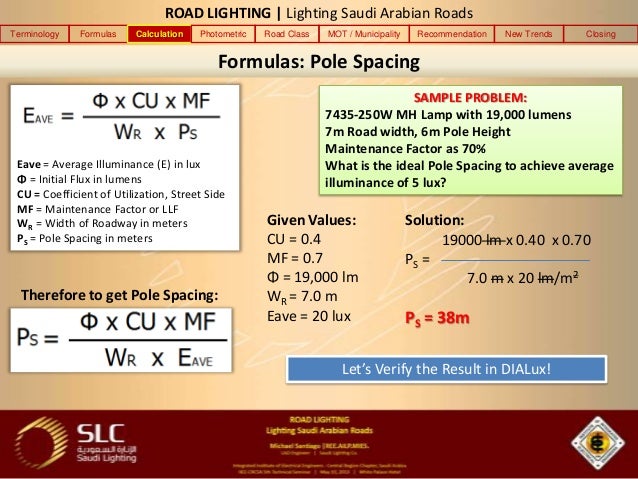Manual For Streets Visibility Calculator Free

- Manual For Streets Visibility Calculator Free Download
- Street Design Manual
- Manual For Streets Visibility Calculator Free Full
This publication (excluding logos) may be reproduced free of charge in any format or medium. Manual for Streets was produced by a team led by consultants. Mar 29, 2007 'Manual for streets' explains how to design, construct, adopt and maintain new and existing residential streets. Designing and modifying residential streets - GOV.UK Skip to main content. Barriers to visibility at junctions. Appendix 5 – Greenfield Site Calculations (to calculate APC bond). Appendix 6 – SuDS components. Practice set out in the Manual for Streets. Remain free of vertical obstructions (above.
Manual For Streets Visibility Calculator Free Download
DISCLAIMER: This material was produced under a Susan Harwood Training Grant from the Occupational Safety and Health Administration, U.S. Department of Labor.
It does not necessarily reflect the views or policies of the U. Department of Labor, nor does mention of trade names, commercial products, or organizations imply endorsement by the U. Government does not warrant or assume any legal liability or responsibility for the accuracy, completeness, or usefulness of any information, apparatus, product, or process disclosed.COPYRIGHT INFORMATION: The materials available on this website may be copyrighted property of the Susan Harwood Training grantee.
By federal regulation, OSHA reserves a license to use and disseminate such material for the purpose of promoting safety and health in the workplace. The grantees hereby authorize employers and workplace safety and health professionals to use this material, distributed by or through OSHA, in their workplaces or practices in accordance with the guidance contained in the material.To this end, permission is granted to use such copyrighted material solely for non-commercial, instructional, personal, or scholarly purposes. The material may be used and incorporated into other workplace safety and health programs on the condition that no fee may be charged for the subsequent use of the material. Use of the material for any other purpose, particularly commercial use, without the prior, express written permission of the copyright owner/s is prohibited. Furthermore, any modification to the material is prohibited without the prior, express written permission of the copyright owners. TopicTitleOrganization/GranteeYearGrant NumberLanguageOccupational Safety and Health Hazard Awareness Training for the Construction, Oil and Gas, and Landscaping IndustriesWest Virginia University Research Corporation2011SH-22248-11Safety Awareness TrainingFlorida State College at Jacksonville2011SH-22297-11Silicon Valley Grocery Stores ProjectWorking Partnerships USA2011SH-22321-11Safety Awareness TrainingFlorida State College at Jacksonville2011SH-22297-11Residential and Commercial Roofing HazardsMaysville Community & Technical College2007SH-16597-07S.

Street Design Manual
In England and Wales, the Manual for Streets, published in March 2007, provides guidance for practitioners involved in the planning, design, provision and approval of new, and modifications to existing ones. It aims to increase the quality of life through good design which creates more people-oriented streets. Although the detailed guidance in the document applies mainly to residential streets, the overall design principles apply to all streets within urban areas.A street is defined as 'a highway with important public realm functions beyond the movement of motor traffic' – i.e. By its function rather than some arbitrary traffic flow limit. Contents.Overview The (DfT) and the (DCLG), with support from the (CABE), commissioned, (TRL), and to develop Manual for Streets to give guidance to a range of practitioners on effective street design.Manual for Streets was published on 29 March 2007. It superseded (DB32) and the companion guide, which have now been withdrawn.
A copy of the manual as well a summary and supporting research can be from the Department for Transport.Manual for Streets has updated geometric guidelines for low trafficked residential streets, examines the effect of the environment on road user behaviour, and draws on practice in other countries. Research undertaken by TRL provides the evidence base upon which the revised geometric guidelines in the Manual for Streets are based, including link widths, forward visibility, visibility splays and junction spacing.Manual for Streets applies in England and Wales and is national guidance, not a policy document.The Scottish Government commissioned WSP Group, Phil Jones Associates and to produce, a version of Manual for Streets for application in Scotland and was published in 2010. Unlike Manual for Streets, it is published as a 'policy statement'. MfS 2 Manual for Streets 2: Wider Application of the Principles was launched on 29 September 2010 in London.
Manual For Streets Visibility Calculator Free Full
It is designed to be read alongside the original Manual rather than to supersede it. It is available to buy for £40 in paper form from its publisher, the Chartered Institution of Highways & Transportation (CIHT), as well as the usual retail outlets. CIHT staff reported at the launch that it will not be available to download for up to a year.Criticisms Manual for Streets has been criticised for its approach to of street networks. Critics argue that, by encouraging permeability of street networks for motor vehicles, MfS undermines its declared intention to reduce the domination of streets by motor traffic., the sustainable transport charity, while giving a cautious welcome to the Manual, argues that the guidance should limit permeability for motor vehicles and provide full permeability for walking and cycling.
Melia (2008) went further, arguing:'By multiplying opportunities for ‘rat-running' the approach in Manual for Streets will increase the capacity of a road network to carry traffic – and, course ( sic) to emit CO2. In other words, it is a cheaper variation on the 'build our way out of congestion' theme.' See also. TheReferences.